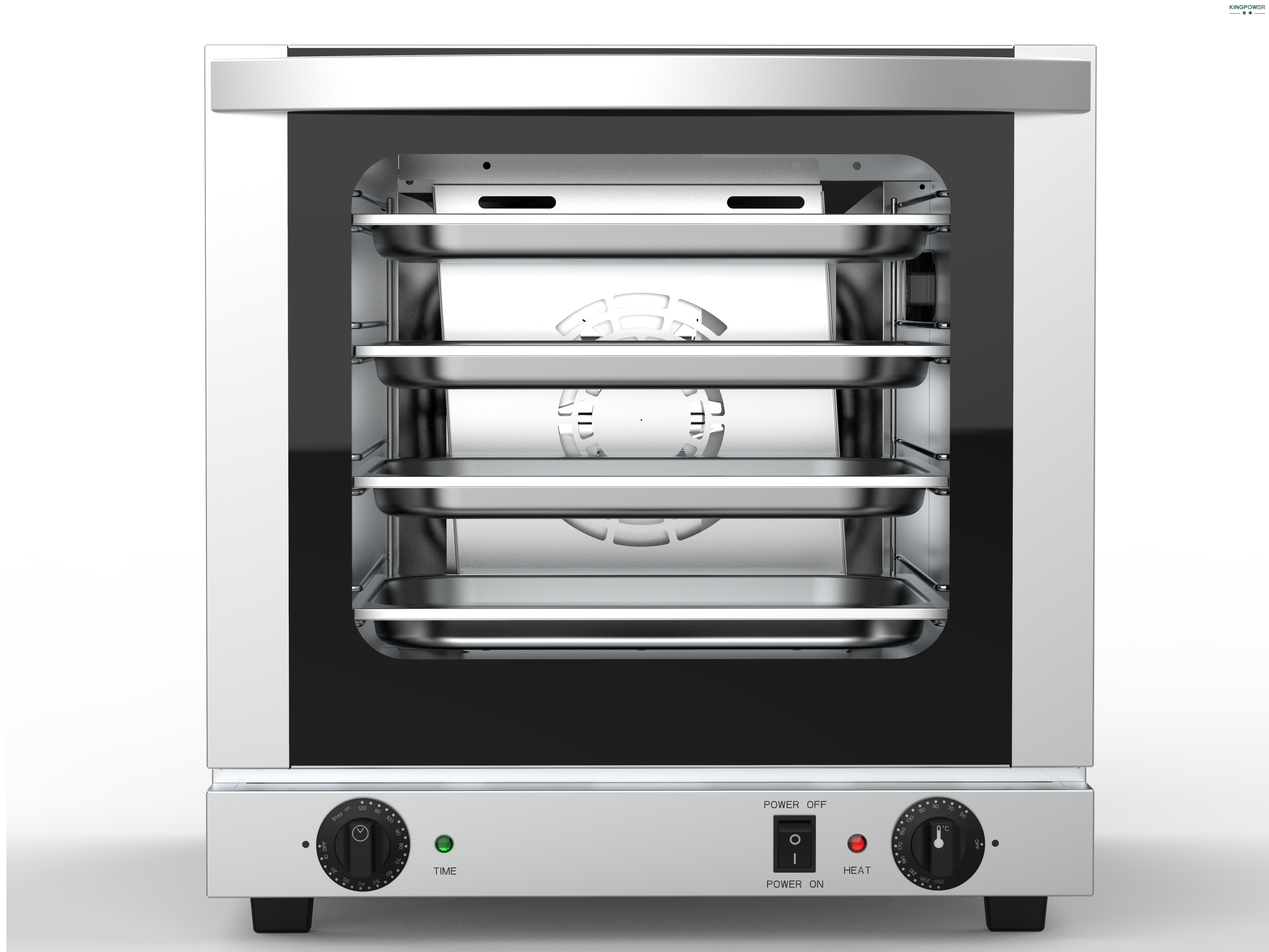Views: 0 Author: Site Editor Publish Time: 2024-12-03 Origin: Site
Commercial ovens are an essential piece of equipment in professional kitchens, offering the capacity, durability, and efficiency needed to handle high-volume cooking. They are widely used in restaurants, bakeries, catering businesses, and other food service establishments. Unlike regular ovens, commercial ovens are designed to meet the rigorous demands of continuous use while delivering consistent results.
In this article, we’ll explore the primary function of commercial ovens, how to calibrate them for optimal performance, and the key differences between commercial ovens and regular household ovens.
The primary function of a commercial oven is to provide efficient, high-capacity cooking for various food items in a professional kitchen setting. Commercial ovens are engineered for heavy-duty use, making them ideal for environments where large quantities of food need to be cooked simultaneously. Here are some key functions:

Commercial ovens are larger than standard ovens and can accommodate multiple trays of food at once, allowing for greater volume cooking. This is particularly important in busy kitchens where time is of the essence.
These ovens are designed with advanced heating elements and convection fans that ensure even heat distribution, providing consistent cooking results across all racks.
Many commercial ovens can perform multiple cooking methods, such as baking, roasting, grilling, and broiling. Specialized commercial ovens, like pizza ovens and combi ovens, can further expand cooking capabilities.
Built with robust materials like stainless steel, commercial ovens are made to withstand continuous use and high temperatures, ensuring longevity even in the most demanding environments.

Calibrating a commercial oven is crucial to ensure accurate temperature readings and consistent cooking results. Over time, ovens can lose their calibration due to frequent use, causing them to cook at temperatures that are higher or lower than the set temperature. Here’s how to calibrate a commercial oven:
You’ll need an oven thermometer to check the internal temperature.
Set the oven to a specific temperature (e.g., 350°F or 180°C) and allow it to preheat fully, usually for about 20-30 minutes.
Place the oven thermometer in the center of the oven, ensuring it’s not touching any metal surfaces.
Compare the thermometer’s reading with the oven’s set temperature. If there’s a significant difference, calibration is needed.
Refer to the mini electric oven’s manual for instructions on how to adjust the thermostat. This process typically involves turning a calibration screw or accessing a digital calibration mode in the control panel.
Recheck the temperature after adjusting to ensure accuracy.
Regular calibration ensures that the oven maintains precise cooking temperatures, which is essential for consistent food quality.

Understanding the distinctions between commercial ovens and regular household ovens is important when deciding which is best for your cooking needs. Here are the key differences:
Commercial Oven: Larger in size, designed to cook multiple dishes simultaneously.
Regular Oven: Smaller, with limited capacity for single or small-batch cooking.
Commercial Oven: Built with heavy-duty materials like stainless steel, designed to endure continuous use and higher temperatures.
Regular Oven: Constructed with lighter materials suitable for less frequent use.
Commercial Oven: Equipped with powerful heating elements for faster preheating and cooking times.
Regular Oven: Standard heating elements with slower preheating times.
Commercial Oven: Often includes features like programmable settings, advanced convection technology, and self-cleaning options.
Regular Oven: Limited features with basic baking and broiling capabilities.
Commercial Oven: Higher energy consumption due to greater power and capacity.
Regular Oven: More energy-efficient for everyday home use.
A commercial oven is a vital piece of equipment in any professional kitchen, designed to withstand high volumes of cooking and provide consistent results. Unlike a residential oven, a commercial oven is built for durability and efficiency, ensuring that large quantities of food can be prepared quickly and evenly. Whether you need to bake, roast, or broil, a commercial oven offers the versatility required in fast-paced kitchen environments. Investing in a high-quality commercial oven can significantly improve cooking times and overall food quality, making it an indispensable tool for restaurants, catering services, and bakeries.
Q: Can I use a commercial oven at home?
A: Yes, but keep in mind that commercial ovens require more power, ventilation, and space than regular ovens. They may not be suitable for standard residential kitchens.
Q: How often should I clean a commercial oven?
A: Daily cleaning is recommended to prevent the buildup of grease and food residue. Deep cleaning should be done weekly or monthly, depending on usage.
Q: Are mini electric ovens considered commercial ovens?
A: Mini electric ovens are typically designed for light commercial or residential use. They are smaller and less powerful than full-sized commercial ovens but can still handle moderate cooking tasks.
Commercial ovens are essential for any professional kitchen due to their large capacity, durability, and precision. Whether you’re running a restaurant, bakery, or catering service, investing in a reliable commercial oven is crucial for delivering high-quality food efficiently.
For top-quality commercial ovens, contact King Power at evelyn@chinakingstar.com or call 86-750-2761363 for more information.
